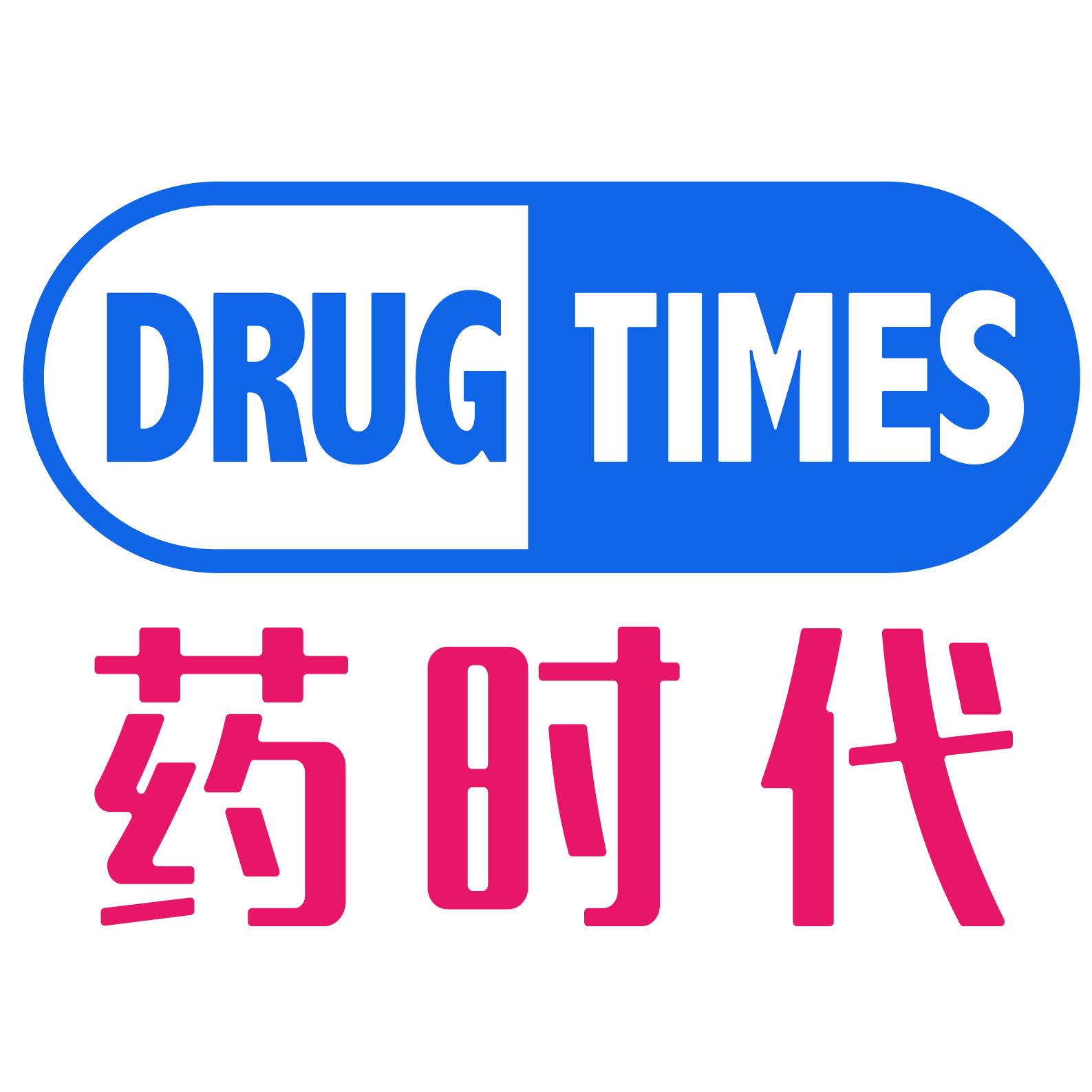
Psoriasis has a complex pathogenesis involving the nervous, endocrine, and immune systems. Due to the typical red plaques often appearing on exposed areas such as the head, hands, and limbs, patients often face pressures from various social and psychological aspects. Currently, there are about 7 million psoriasis patients in China, with 57.3% being moderate to severe psoriasis patients.
On August 20, 2024, the first domestically developed innovative drug targeting IL-17A for moderate to severe psoriasis—Vunakizumab injection (SHR-1314) was approved for marketing by the NMPA.
Vunakizumab is a self-developed product of Hengrui Pharmaceuticals, being the first domestically developed recombinant anti-IL-17A humanized monoclonal antibody approved in China, and also the first innovative drug launched by Hengrui in the field of autoimmune diseases.
The launch of vunakizumab broke the long-term monopoly of imported drugs from the same class, providing a new treatment option for more than 4 million moderate to severe psoriasis patients.
So, how effective is vunakizumab, and how does it compare to imported drugs?
01 Detailed Phase III Clinical Results Released: Analysis of SHR-1314-301 Study
The approval of vunakizumab for marketing is based on a Phase III study, SHR-1314-301, conducted nationwide. On October 19, 2024, the full results of this study were published in the authoritative dermatology journal, Journal of the American Academy of Dermatology (IF=12.8), in an article titled “Efficacy and safety of vunakizumab in moderate-to-severe chronic plaque psoriasis: a randomized, double-blind, placebo-controlled phase 3 trial” .
The SHR-1314-301 study was a randomized controlled trial, including a 52-week double-blind treatment period (12-week core treatment + 40-week maintenance treatment) and a 16-week safety follow-up period. A total of 690 adult patients with moderate to severe plaque psoriasis were enrolled in the study. These 690 patients were randomly assigned to the experimental group and the placebo group in a 2:1 ratio. The experimental group initially received 240mg of vunakizumab injection every two weeks (weeks 0, 2, 4), followed by the same dosage every four weeks thereafter; the placebo group had the same dosing frequency as the experimental group for the first 12 weeks, and then switched to vunakizumab 240mg treatment at week 12 (240mg Q2W*3 + 240mg Q4W).
The primary endpoints of the study were: (1) the proportion of subjects with at least a 90% improvement from baseline in the Psoriasis Area and Severity Index (PASI) score at week 12 (PASI 90); (2) the proportion of subjects achieving a static physician global assessment (sPGA) of 0/1 at week 12. Secondary endpoints included the proportion of subjects with PASI 75/PASI 100 at week 12, the proportion of subjects with sPGA 0 at week 12, etc.
From the trial design, the placebo group switched to vunakizumab treatment after 12 weeks, which not only assessed efficacy but also ensured that all subjects received treatment.
Additionally, the selection of the two primary endpoint criteria aligns with the disease treatment requirements in relevant treatment guidelines. The “Chinese Psoriasis Diagnosis and Treatment Guidelines (2023 Edition)” states that if patients achieve PASI 90/PASI 100, it means that symptoms and skin lesions have been completely or almost completely cleared. The achievement of the other primary endpoint, sPGA 0/1, also means that under naked-eye observation, the patient’s skin has been fully or almost fully restored. Moreover, the achievement of PASI 90 is closely related to the improvement of patients’ quality of life (QoL).
02 Vunakizumab: The Rising Star in Psoriasis Treatment
In the field of psoriasis treatment, biologics are gaining more attention. The “Chinese Psoriasis Diagnosis and Treatment Guidelines (2023 Edition)” explicitly states that for patients who have not responded to phototherapy or traditional systemic treatments, or who have become intolerant and whose quality of life is significantly affected, the use of biologics can be considered.
Currently, in China, the biological agents approved for the treatment of plaque psoriasis include TNF-α inhibitors, IL-23 inhibitors, and IL-17A inhibitors, among others. Biologics targeting IL-17A, as a core pathogenic factor in psoriasis, stands out in the treatment of psoriasis.
Before the approval of vunakizumab for marketing, all IL-17A drugs approved for the treatment of psoriasis in China were imported. Secukinumab and Ixekizumab were approved in China as part of the first batch of urgently needed overseas new drugs in April and September 2019, respectively.
Based on the detailed data of the SHR-1314-301 study, compared to previously approved IL-17A products for the treatment of psoriasis by the NMPA, vunakizumab injection has demonstrated non-inferior performance, and presents as a new anti-psoriasis drug with strong efficacy, rapid onset, and long-lasting effects.
Strong Efficacy
The study results show that at 12 weeks, the experimental group had significantly higher PASI 90 (76.8% vs 0.9%) and sPGA 0/1 (71.8% vs 0.4%) response rates, meeting all primary endpoints. Compared to the placebo group, the experimental group also showed significant improvements in all other clinical outcomes. The data indicated that at 12 weeks, the proportion of subjects in the experimental group achieving PASI 75 and PASI 100 was 93.6% and 36.6%, respectively, while for the placebo group it was 4.0% and 0.0%. The experimental group also showed a higher sPGA 0 (38.2% vs 0.0%), meeting all key secondary endpoints.
According to the Phase III ERASURE and FIXTURE study, the PASI 75 response rate at week 12 was 77.1%-81.6%, PASI 90 was 54.2%-59.2%, and PASI 100 was 24.1%-28.6% for secukinumab.
The Phase III UNCOVER-1, 2, 3 study data for ixekizumab showed that at week 12, the PASI 75 response rate was 87.3%-89.7%, PASI 90 was 68.1%-70.7%, PASI 100 was 35.3%-40.5%, and the sPGA 0/1 response rate was 80.5%-83.2% for ixekizumab.
Although pivotal studies for the three drugs differed in design and no head-to-head comparison was involved, cross-study comparisons could still provide valuable insights. Notably, the proportion of subjects with a baseline sPGA >4 in the SHR-1314-301 study was 58.8%, compared to 46%-52% in the key clinical trials of the other two IL-17 monoclonal antibodies. This suggests that the SHR-1314-301 study included a higher proportion of severe psoriasis patients, which means that even if the final response rates are comparable, the SHR-1314-301 study may face greater challenges. It is also worth noting that during the 12-week core treatment period, the SHR-1314-301 study had a lower dosing frequency (4 doses vs 6 doses).
Rapid Onset of Action
Another characteristic of vunakizumab is its rapid onset of action. The detailed study data released this time show that in the experimental group, the average percentage reduction in PASI scores exceeded 50% by the second week of treatment, and by the fourth week, 56.6% of subjects achieved PASI 75. The median time to achieve a PASI 90 response was only 8.3 weeks (95% CI, 8.1-8.3 weeks).
Long-lasting Effect
From the change in the proportion of subjects in the experimental group achieving PASI 90/sPGA 0/1 (see the blue line in the figure below), during the 12-week core treatment period, both curves in the experimental group quickly rose to a high point, indicating that most patients had significantly improved symptoms within 12 weeks. After entering the maintenance period, both curves tended to stabilize, and there was no apprant downward trend at 52 weeks, which supports the long-lasting effect of vunakizumab in the treatment of moderate to severe psoriasis.

A: The proportion of patients achieving PASI 90 over 52 weeks over time. B: The proportion of patients achieving sPGA 0/1 over 52 weeks over time. Image source: “Efficacy and safety of vunakizumab in moderate-to-severe chronic plaque psoriasis: a randomized, double-blind, placebo-controlled phase 3 trial”
More detailed data show that during the maintenance period, over 85% of subjects maintained PASI 75, PASI 90, or sPGA 0/1 responses, which is comparable to the Phase III study results of the already approved ixekizumab and secukinumab.
In terms of safety, the incidence of adverse events in the vunakizumab group was similar to that in the placebo group, with a low incidence of infections and no subjects discontinuing treatment or terminating the study due to injection site reactions. Overall, the safety profile of vunakizumab is comparable to that of the approved ixekizumab and secukinumab, with no new safety signals detected.
03 Conclusion
It is reported that the use of vunakizumab requires only 14 injections per year, and the application of pre-filled auto-injector makes it more convenient for patients to self-administer the medication.
According to official news from Hengrui’s public account, as soon as the marketing approval was received, refrigerated trucks loaded with vunakizumab injections immediately set off for hospitals and pharmacies across the country, and on the morning of August 30, the first prescription in the country was written by Professor Xu Jinhua from Huashan Hospital affiliated with Fudan University.
Currently, Hengrui has initiated multiple clinical trials for vunakizumab, and it is expected that this drug will have the potential to benefit patients of more age groups and other disease areas.
【Editor’s note】The above content (~8200 words) is a quick translation of a Chinese article (posted on 2024-10-31) by DrugTimes team. To read the original article, please click here. All comments are warmly welcome. Many thanks!
发布者:DrugTimes001,转载请首先联系contact@drugtimes.cn获得授权

 为好文打赏 支持药时代 共创新未来!
为好文打赏 支持药时代 共创新未来! 